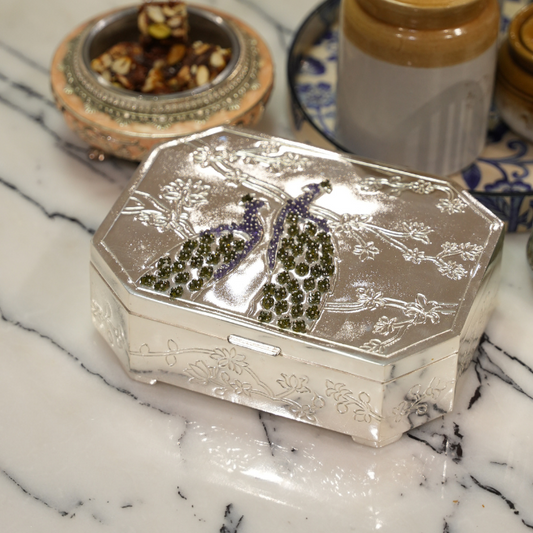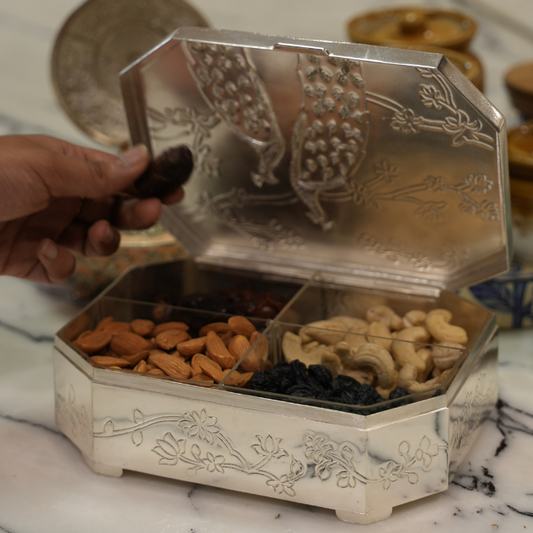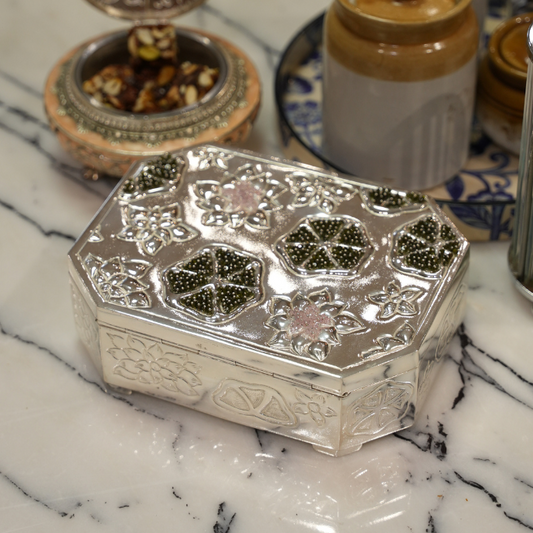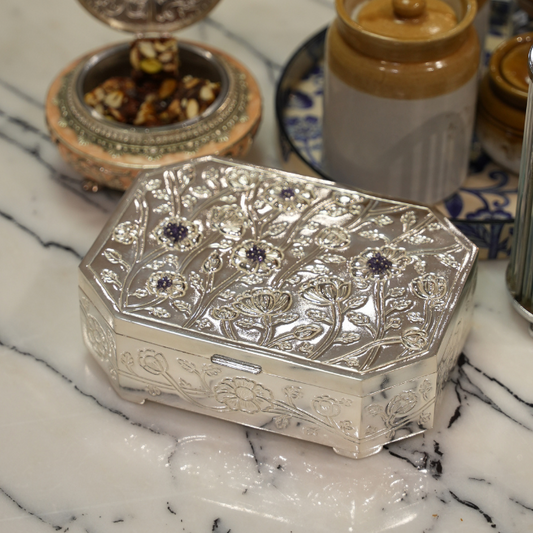Exploring Antique Silverware: History, Types, Identification, and Care
Imagine holding a gleaming antique silver spoon, its intricate engravings whispering stories of a bygone era. Antique silverware holds a timeless charm that captivates collectors and enthusiasts alike. Antique silverware has long been prized for its historical significance, exquisite craftsmanship, and cultural resonance. This blog explores its enduring appeal, the art of collecting, and its relevance in modern times.
Historical Background
Origins
The origins of silverware can be traced back to ancient civilizations like Mesopotamia and Egypt, where silver utensils symbolized wealth and refinement. Over centuries, silverware evolved, reflecting changing tastes and artistic trends.
Cultural Significance
From the grand banquets of European aristocracy to the ceremonial feasts of Asian dynasties, silverware has played a pivotal role in cultural rituals and traditions.
Famous Antique Silverware
Iconic pieces such as the Great Mazer Bowl and the Exeter Salt have become historical treasures, showcasing the artistry and significance of silver in different eras.
Types of Antique Silverware
Flatware Sets
Antique flatware includes forks, spoons, and knives adorned with ornate patterns. Popular designs like the "Fiddle" or "King's" pattern remain coveted by collectors.
Decorative Items
Items like silver bowls, trays, candlesticks, and vases were not only functional but also status symbols, often featuring intricate engravings and embossing.
Specialty Pieces
Rare items such as tea sets, goblets, religious artifacts, and ceremonial objects demonstrate exceptional craftsmanship and unique cultural stories.
Identifying Authentic Antique Silverware
Hallmarks and Stamps
Authentic antique silverware often bears hallmarks indicating the maker, origin, and purity of the silver. For example, British pieces might display the lion passant, denoting sterling quality.
Signs of Authenticity
Genuine pieces exhibit high-quality craftsmanship, a balanced weight, and natural patina from age. Machine-made replicas often lack these features.
Common Pitfalls
Be wary of counterfeits and misrepresented items. Research hallmark guides and consult experts to ensure authenticity.
Care and Maintenance
Cleaning Techniques
Use a soft cloth and non-abrasive silver polish to clean antique silverware gently. Avoid over-polishing, as it can remove the patina that adds character.
Storage Tips
Store silverware in tarnish-resistant cloth or cases. Keep pieces in a cool, dry place to prevent tarnishing and damage.
Preservation
Regular maintenance, such as light cleaning and proper handling, can preserve the value and beauty of antique silverware for generations.
Collecting Antique Silverware
Starting a Collection
Beginners should start by focusing on specific types or periods of silverware. Research and attend auctions, antique shops, and estate sales to find unique pieces.
Investing in Silverware
Antique silverware can be a sound investment. Rare pieces, especially those by renowned silversmiths, often appreciate in value over time.
Resources and Communities
Books, online forums, and collector groups provide valuable information and networking opportunities for antique silverware enthusiasts.
Modern Uses and Display
Functional Uses
Antique silverware remains a functional option for dining, adding elegance to modern table settings.
Decorative Display
Display antique silverware as art pieces in glass cabinets or as part of curated table arrangements.
Creative Repurposing
Antique silverware can be repurposed into jewelry, ornaments, or bespoke decor items, blending history with creativity.
Conclusion
Antique silverware embodies a rich legacy of artistry, culture, and utility. Its historical value and aesthetic appeal continue to captivate collectors and admirers. Whether as a collector’s treasure or a functional heirloom, antique silverware offers a tangible connection to the past. Explore the world of antique silverware and discover the beauty and history each piece holds.
FAQs:
Q: What makes antique silverware valuable and sought after?
Antique silverware is prized for its historical significance, craftsmanship, and rarity. Handcrafted pieces with intricate designs and hallmarks from renowned silversmiths are especially desirable.
Q: How can I identify authentic antique silverware?
Look for hallmarks, maker’s marks, and stamps that indicate origin, age, and silver purity. Genuine pieces often exhibit natural patina and meticulous craftsmanship.
Q: What are some common types of antique silverware?
Flatware sets (forks, spoons, knives), decorative items (bowls, trays, candlesticks), and specialty pieces (tea sets, religious artifacts) are popular categories.
Q: How should I care for and maintain antique silverware?
Clean gently with non-abrasive products, store in tarnish-resistant cloth, and keep in a dry, cool environment to preserve condition.
Q: Is antique silverware a good investment?
Yes, particularly rare or high-quality pieces. Their value often appreciates over time, making them a valuable addition to any collection.
Q: What is the historical significance of silverware in different cultures?
Silverware has symbolized wealth and status across cultures, serving roles in religious ceremonies, royal courts, and daily life.
Q: How can I start a collection of antique silverware?
Begin with research on types and styles, visit reputable antique shops or auctions, and join collector communities for guidance and insights.







